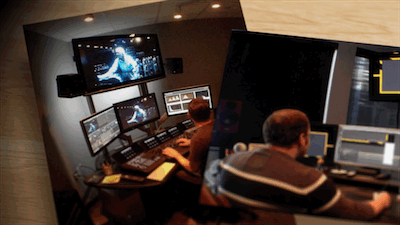I’m a big fan of pie – apple, pumpkin, lemon -but that’s not what I’m talking about here. More about PIE in a moment A link came across my reader today that I completely agree with. MICHELLE GOODMAN wrote and article for the NYTimes earlier this month about when to consider working for free.
I have had a few conversations recently about when to consider doing work for credit, or “Payment In Exposure”, as she calls it – that’s where PIE comes in. She describes the problems with payment of exposure, or “it’ll be a great resume/reel/portfolio item for you.” I concur 100% with her final paragraph:
It doesn’t matter if you’re a dog walker, a Web designer or a tax preparer. When you agree to work free, you reinforce people’s misguided ideas that the self-employed are independently wealthy hobbyists. Don’t degrade your profession by letting a cheap client take advantage of you.
Whenever I speak with someone about the concept of work without financial compensation I usually start or end with, “Working for free basically shows the world that you are willing to whore yourself out for nothing. It shows people that you have such a little understanding of what your skills are worth or how little you value your own worth.” I always tell them to use caution and to never work with someone for free more than once. More than once never ends well.
I also agree with the idea of creating a contract, even when doing free work.
UPDATE: If you need some more ideas/ammo about how to avoid Spec work, go to no-spec.com
When to Work for Nothing – Shifting Careers Blog – NYTimes.com.


